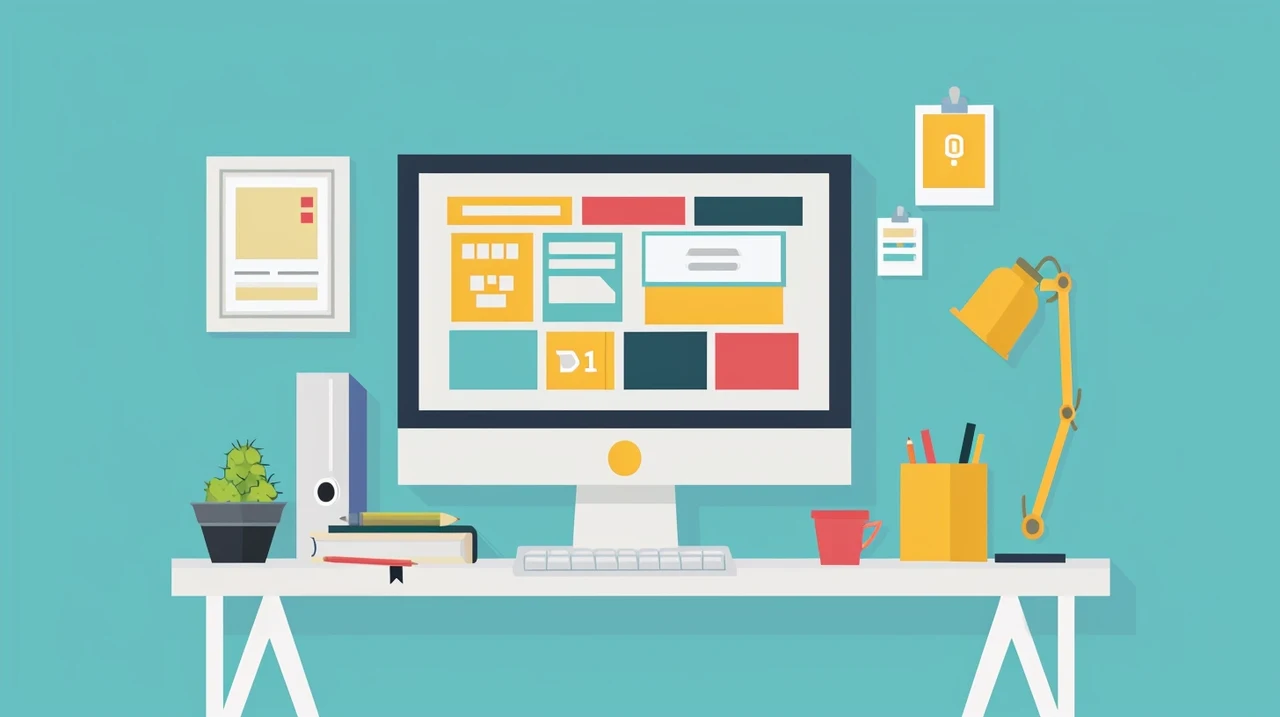
In the fast-paced world of web development, a new AI-powered tool is making waves by turning screenshots into working code. This innovative technology is streamlining the process of transforming designs into functional websites, supporting a range of frameworks and libraries such as HTML, Tailwind, React, and Bootstrap. It utilizes the latest in AI advancements, with GPT-4 Vision for code generation and DALL-E 3 for image creation, to speed up the development of user interface components from visual designs.
Screenshot-to-code is simple app converts a screenshot to code using HTML/Tailwind CSS, or React or Bootstrap or Vue. It uses GPT-4 Vision to generate the code and DALL-E 3 to generate similar-looking images. in a new feature recently added now lets you enter a URL to clone a live website, for educational purposes only.
Imagine being able to replicate any website by simply entering its URL. This AI tool does just that, mimicking the site’s layout and producing precise code, thereby removing the tedious task of manually coding each UI element. This capability allows developers to quickly generate code for various elements like buttons and images straight from a screenshot, which can save a significant amount of time and effort. The app has a React/Vite frontend and a FastAPI backend and you will need an OpenAI API key with access to the GPT-4 Vision API.
Code websites from screenshots and designed layouts
The handy Screenshot-to-code AI tool is designed to be user-friendly, making it suitable for both novice and experienced developers. It’s available online, so there’s no need for installation, but a local version is also provided for those who prefer working offline. The service offers subscription plans and API key access, allowing users to tailor their experience to their specific development requirements.
Here are some other articles you may find of interest on the subject of learning to code using artificial intelligence :
Things to consider when designing website layouts and designs
Focusing on the layout and design process of a website layout involves a blend of creative and technical steps. Here are a few pointers to help you.
- Understand the User and Purpose:
- Identify the target audience and their preferences.
- Understand the primary purpose of the website – informational, e-commerce, entertainment, etc.
- Plan the Structure and Flow:
- Create a sitemap to outline the website’s structure.
- Develop wireframes to plan the layout of individual pages, focusing on the placement of key elements like navigation, content, and CTAs.
- Prioritize Navigation:
- Ensure the navigation is intuitive and accessible.
- Consider the use of standard layouts and menus that users are familiar with.
- Focus on Readability and Typography:
- Choose fonts that are easy to read and appropriate for the website’s tone.
- Use a font size and spacing that enhances readability.
- Use Color Effectively:
- Select a color scheme that reflects the brand and is appealing to users.
- Use color contrast to make important elements stand out and to improve legibility.
- Responsive and Mobile-Friendly Design:
- Design for various screen sizes and devices.
- Ensure that the layout, images, and navigation work well on both desktop and mobile.
- Optimize for Loading Speed:
- Use optimized images and efficient coding practices to ensure quick loading times.
- Consider the impact of different design elements on the site’s performance.
- Incorporate Visual Hierarchy:
- Use size, color, and placement to emphasize important elements.
- Guide the user’s attention to key information and actions.
- Content Placement and Chunking:
- Organize content in a way that’s easy to scan and digest.
- Use headings, bullet points, and short paragraphs to break up text.
- Interactive Elements:
- Include interactive elements like buttons or links to engage users.
- Ensure these elements are easily identifiable and accessible.
- Consistency Across the Site:
- Maintain consistent styling throughout the website.
- Use a style guide to ensure uniformity in design elements.
- Stay Updated with Trends and Best Practices:
- Keep abreast of the latest design trends and best practices in UI/UX.
- Continuously learn and adapt to new tools and technologies in web design.
The Screenshot-to-code AI-powered tool is transforming the way developers work by offering extensive framework support, quick code generation, and a collaborative community. It stands as a vital resource for developers looking to enhance their workflow and incorporate AI into their coding practices.
Filed Under: Design News, Guides, Top News
Latest timeswonderful Deals
Disclosure: Some of our articles include affiliate links. If you buy something through one of these links, timeswonderful may earn an affiliate commission. Learn about our Disclosure Policy.


